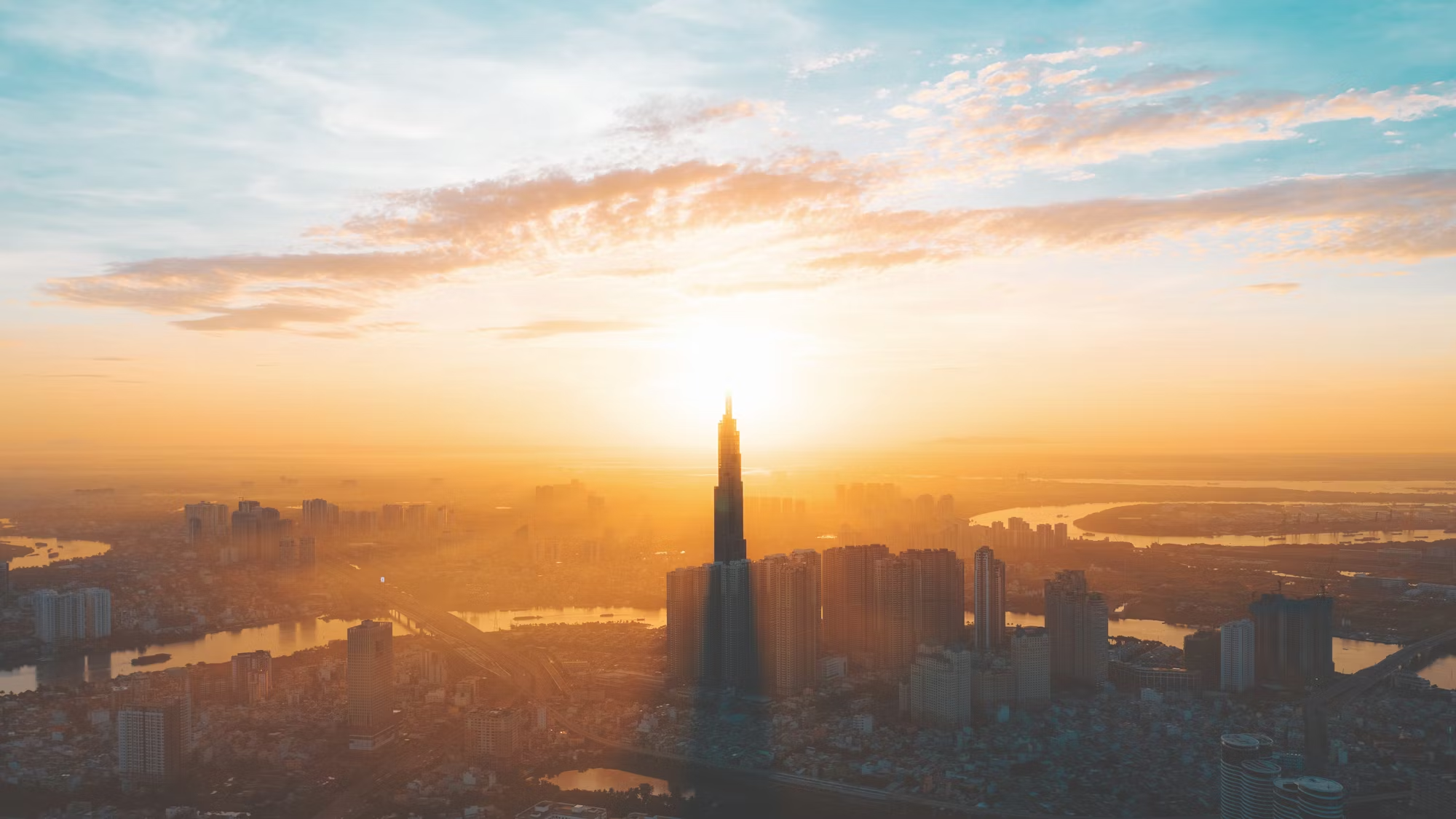Skyscrapers have become synonymous with modern urban landscapes, towering high above the cities they inhabit. These architectural wonders are not only visually striking but also serve as crucial catalysts for economic development. As cities expand and populations grow, skyscrapers play an integral role in shaping urban economies, influencing investment strategies, and promoting sustainability. This article examines the various types of skyscrapers and their multifaceted contributions to urban financial ecosystems. At the forefront of urban finance are commercial skyscrapers, designed primarily to accommodate office spaces for businesses. These towering structures serve as hubs for corporate activities, attracting a diverse array of industries and facilitating economic growth. By concentrating numerous businesses within a single location, commercial skyscrapers create a vibrant ecosystem that fosters collaboration and innovation. The financial implications are substantial; they generate jobs, stimulate local economies, and increase tax revenues for municipalities. As the nature of work evolves with advancements in technology and changing workforce dynamics, many commercial skyscrapers are adapting their designs to incorporate flexible workspaces and co-working environments. This adaptability ensures that these buildings remain relevant in a fast-changing economic landscape, meeting the needs of modern businesses while contributing to the vitality of urban centers. Residential skyscrapers offer another critical dimension to urban finance, providing high-density housing solutions in increasingly crowded cities. As urban populations continue to swell, the demand for efficient living spaces has never been greater. Residential skyscrapers range from luxury condominiums to affordable housing units, catering to diverse demographics and income levels. This sector has attracted significant investment due to the potential for steady rental income and property appreciation. Additionally, many residential skyscrapers are designed with an array of amenities that enhance their appeal, such as fitness centers, rooftop gardens, and communal areas. This blend of lifestyle and investment creates opportunities for developers to meet the growing demand for urban living while ensuring financial viability. Hotel skyscrapers represent a distinct segment within the urban financial landscape, directly impacting the tourism industry. These tall structures provide accommodations for travelers while offering amenities such as dining options, conference spaces, and leisure facilities. Their financial success is contingent on various factors, including strategic location, branding, and service quality. In cities with high tourism traffic, hotel skyscrapers can command premium pricing, leading to increased revenue and job creation. Beyond direct income, the presence of hotel skyscrapers stimulates surrounding businesses, from restaurants to shops, further energizing local economies. Mixed-use skyscrapers epitomize a modern approach to urban design, integrating residential, commercial, and recreational spaces within a single structure. This innovative design maximizes land use and promotes a sense of community, allowing residents to live, work, and play in close proximity. Financially, mixed-use developments attract diverse tenants, creating multiple revenue streams that can enhance stability and reduce risk. As urban planners embrace this integrated model, the demand for mixed-use skyscrapers continues to grow, reflecting a shift in how people envision urban living. Iconic landmark skyscrapers hold a unique place in the urban economic framework, often symbolizing a city’s identity and aspirations. These structures are not only visually stunning but also serve as focal points for tourism, drawing visitors from around the world. The presence of an iconic skyscraper can elevate the value of surrounding properties, spurring investment and redevelopment in the area. Businesses seek to establish themselves in these prestigious locations, as they benefit from the increased visibility and foot traffic that iconic buildings generate. In recent years, sustainability has become a pivotal consideration in urban development, leading to the rise of green skyscrapers. These buildings prioritize energy efficiency and environmentally friendly practices, addressing the growing demand for sustainable living solutions. By incorporating eco-friendly technologies and materials, green skyscrapers not only appeal to environmentally conscious tenants but also provide financial advantages through reduced operational costs. Developers can enhance the long-term value of these properties while contributing to broader environmental goals. Observation skyscrapers combine tourism with finance, offering breathtaking views of the cityscape while generating revenue through ticket sales and dining experiences. These structures can become major attractions, drawing visitors who contribute to local economies through their spending in surrounding areas. The financial success of observation skyscrapers hinges on their ability to create memorable experiences for guests, making them integral to a city’s tourism strategy. Historic skyscrapers, rich with architectural significance, provide unique opportunities for economic development. These structures often represent cultural narratives and heritage, attracting both tourism and commercial interest. Renovating and preserving historic skyscrapers can enhance their marketability, leading to increased property values and interest from businesses seeking to establish themselves in these storied buildings. Investors are increasingly recognizing the potential of historic skyscrapers as valuable assets that offer both financial returns and cultural importance. Supertall skyscrapers, rising above 300 meters, epitomize architectural ambition and urban finance. Their construction requires advanced engineering and substantial investment, often making them flagship projects that redefine a city’s skyline. The financial implications of supertall skyscrapers extend beyond their immediate costs; they draw international attention and can attract global businesses and investors seeking prime real estate. The prestige associated with these towering structures can significantly elevate property values in their vicinity, transforming neighborhoods and driving economic activity. Furthermore, the integration of skybridges and linked skyscrapers offers innovative solutions for urban connectivity, enhancing pedestrian access between buildings. These designs foster a more integrated urban environment, encouraging movement and boosting commercial activity. The financial benefits of such innovations can be considerable, leading to increased investment in surrounding areas and enhancing overall economic vitality. In conclusion, skyscrapers are far more than mere vertical structures; they are economic engines that drive urban growth and sustainability. Each type of skyscraper, whether commercial, residential, or mixed-use, plays a vital role in shaping the financial landscape of modern cities. As urban areas continue to evolve, understanding the financial implications of these skyscrapers is essential for investors, urban planners, and policymakers. By embracing the potential of skyscrapers and leveraging their unique contributions to urban finance, stakeholders can foster sustainable growth and create thriving communities for future generations.
Skyscrapers: Catalysts for Urban Economic Development

Categories:
Related Post

Navigating the Landscape of Financial Business ModelsNavigating the Landscape of Financial Business Models
This article explores the various business models within the finance industry, detailing their uniqu

Sustainable Living: Embracing Eco-Friendly PracticesSustainable Living: Embracing Eco-Friendly Practices
This article explores the concept of sustainable living, highlighting eco-friendly practices individ

Navigating the World of Cryptocurrency: Opportunities and ChallengesNavigating the World of Cryptocurrency: Opportunities and Challenges
This article explores the rise of cryptocurrency, its benefits, the risks involved, and how to navig